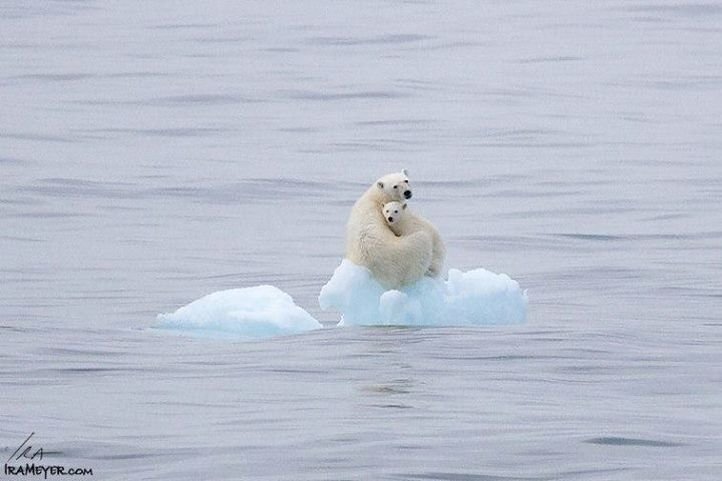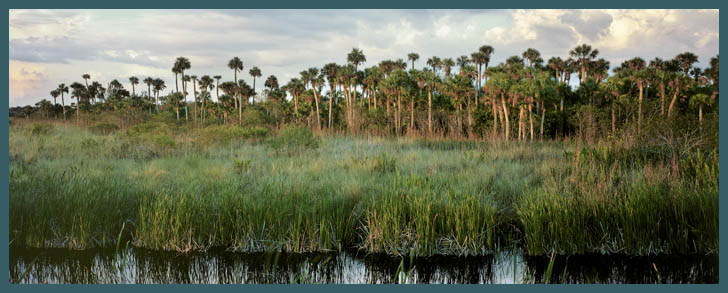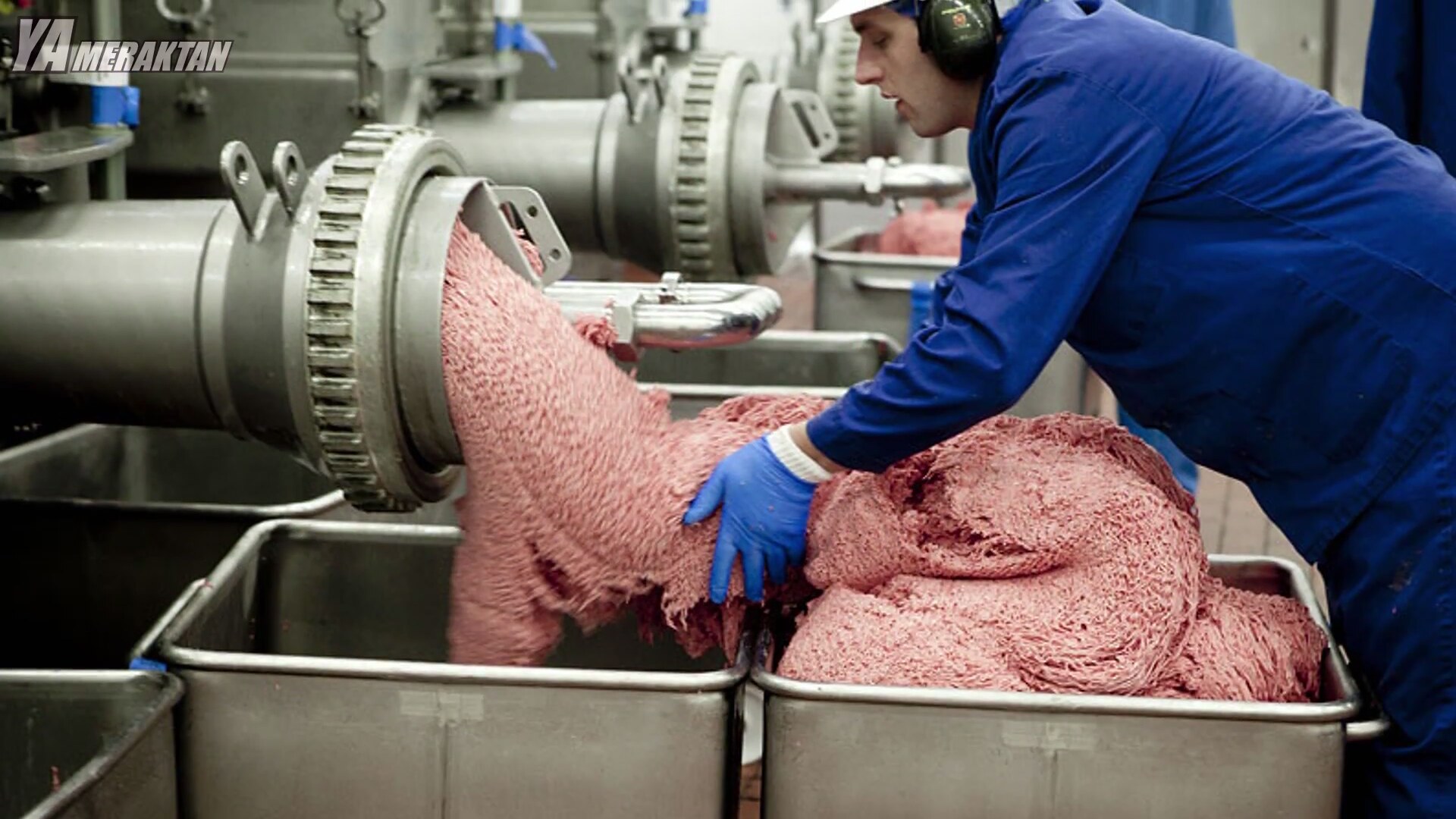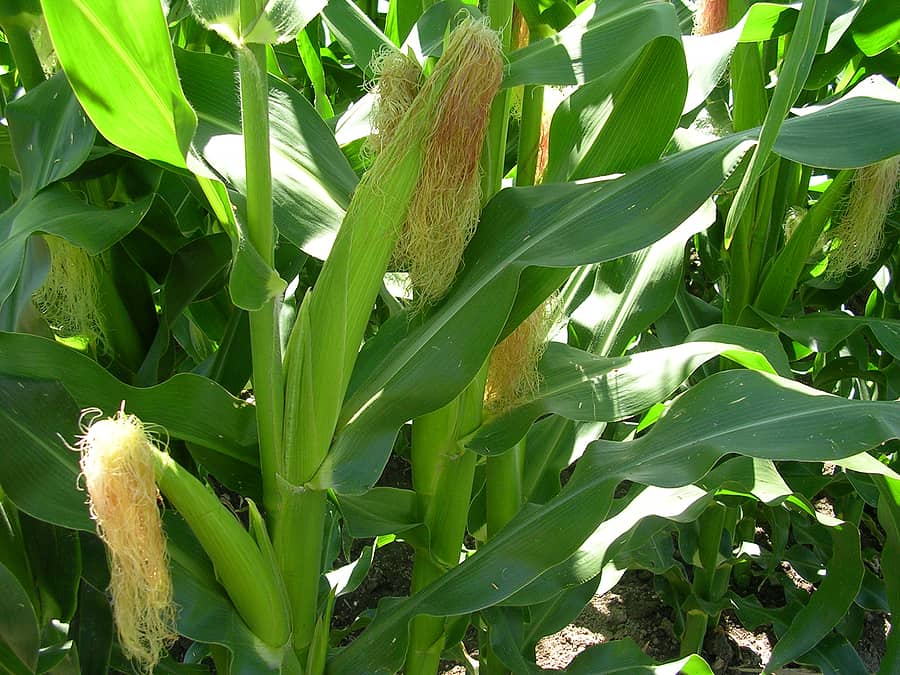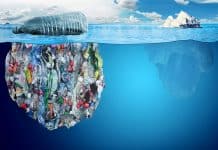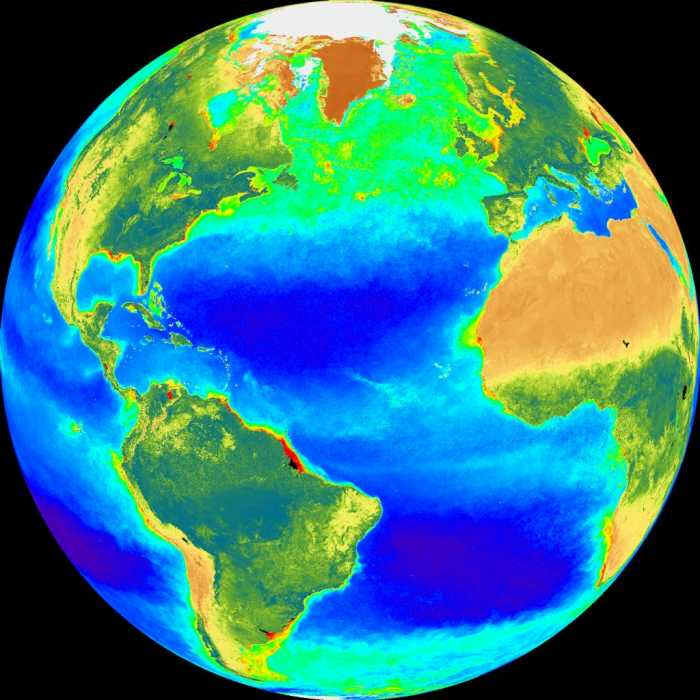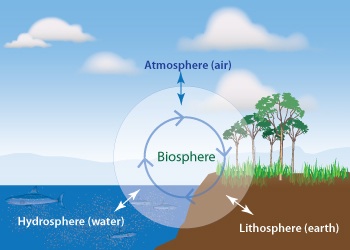https://image.slidesharecdn.com/industrialecology-151117011102-lva1-app6892/95/industrial-ecology-4-638.jpg?cb=1447722746
There are some products that produce a zero waste. They use the three r's: reduce, reuse, recycle, and sometimes a fourth is added to the beginning of the list , re-think. "Zero waste looks at every material as a resource that can be used again" (Robertson, 2014, p.281). Since natural systems are closed loop cycles, resources are reused. So if we use to much water in one cycle, it will upset the next cycle. When using resources, we need to reduce what we use. Items then need to be made for multiple purposes or uses, so we can reuse them. Finally, objects then need to be made out of recyclable materials. By being made out of these materials, we can process them into new items. If we do these things, we will be protecting the earth, and making it a better place to live.
https://cdn.shopify.com/s/files/1/1228/6382/files/rrr_large.jpg?v=1489366494
We need to start creating product packaging that will disintegrate in less time, or in the water. This is especially needed for garbage that gets into the ocean or lakes. This garbage is eaten by animals in the sea, and will kill them. Turtles eat the plastic bags, as they think they are jellyfish. If these bags were made of a substance that disintegrates when it hits the salt water, and also does not harm it, we need to create it. New product packaging will help create a new industry, and also start to save the planet.
https://robinastorage.com.au/gold-coast-storage/wp-content/uploads/waste-reduction.jpg
Other ways we can create sustainable products, is the packaging they come in, and the transportation methods used to deliver the products. Mostly everything has to be shipped by sea, plane, and then driving. Most products come from out of the country, and are shipped thousands of miles to their destination. Driving and flying products burn the most fuel, and lead to the most emissions of gasses. To cut back on this, we need industrial plants close by. This will reduce miles that need to be driven, but the surrounding communities will suffer. They will feel the effect from the burning of gases, and the production of more steam into the air. Either way, green house gasses will be released, we just need to decide which ones are worse.
Works Cited
Robertson, M. (2014). Sustainability principles and practice. London: Routledge, Taylor & Francis Group.








